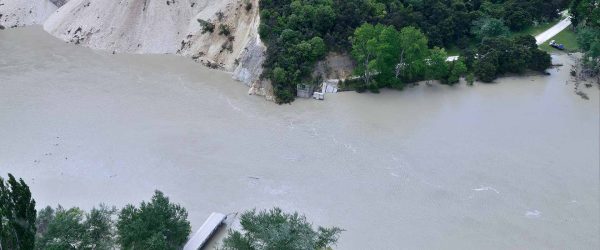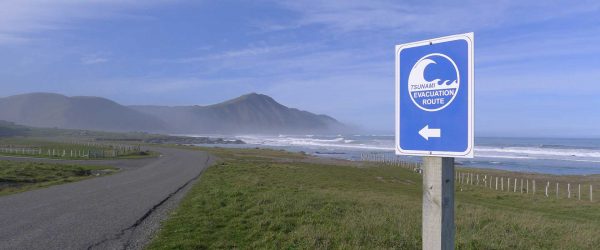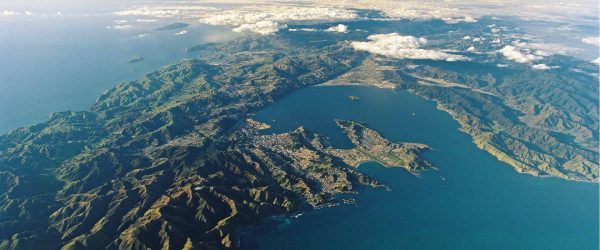Catalogue Testing & Verification
Vision
Computer modelled synthetic earthquake catalogues have been tested and proven to replicate the statistics of natural earthquakes.
Project description
In order to overcome the limitations of historical earthquake records, researchers in the Fault Model Construction project are building a catalogue of ‘synthetic’ earthquakes using new technology and methods. Before these catalogues can be relied on by hazard and risk modellers, they need to be rigorously tested and tuned.
We aim to ensure the reliability of the synthetic catalogue by working closely with the researchers creating it to:
- Build tools to analyse and evaluate the synthetic catalogue and its alignment with existing earthquake data.
- Test the sensitivity of the results to changes in model inputs and different modelling approaches.
- Develop hazard forecasts that use the catalogue to determine probabilities of exceeding specific ground-shaking thresholds.
- Optimise the catalogues by using test results to improve the accuracy of the earthquake simulators.
- Explore machine learning and artificial intelligence methods to help speed up the evaluation process.
Our goal is to provide hazard and risk modellers with a reliable earthquake catalogue that can be used to develop improved earthquake and tsunami hazard models.
Resource Outputs from this project
The role of frictional heterogeneities in the earthquake cycle.
A more objective way to assess earthquake-related hazard to improve future hazard assessment and emergency response planning.
Physics to Resilience: Next Generation Earthquake and Tsunami Response.
An update on the development and evaluation of the usefulness of earthquake models for application to some of Aotearoa New Zealand's biggest earthquake challenges.
In good shape? The impacts of variable fault geometries on synthetic earthquake catalogues from physics-based earthquake simulators
Toward a better understanding of the effects of uncertainties in fault geometry on earthquake simulator outputs, which is critical for using simulators in hazard assessment.
The role of frictional heterogeneities in the earthquake cycle.
Introducing heterogeneity to the distribution of the frictional stresses to obtain more realistic and less characteristic synthetic earthquake catalogues for hazard assessment.
Impact of variable fault geometries and slip rates on earthquake catalogues from physics-based simulators for the Cape Egmont Fault, New Zealand.
Using an exceptionally well-defined 3D geometry of an active normal fault to test the impact of detailed input data on synthetic seismicity simulations.
Impact of variable fault geometries and slip rates on earthquake catalogues from physics-based simulations of a normal fault
Input fault geometries and slip rate distributions can significantly affect the resulting synthetic earthquake catalogs from physics-based earthquake simulators, with implications for seismic hazard applications.
Next Generation Earthquake & Tsunami Hazard and Response
Researchers have used earthquake cycle simulators to overcome many of the challenges posed by limited modern observations of large earthquakes.




